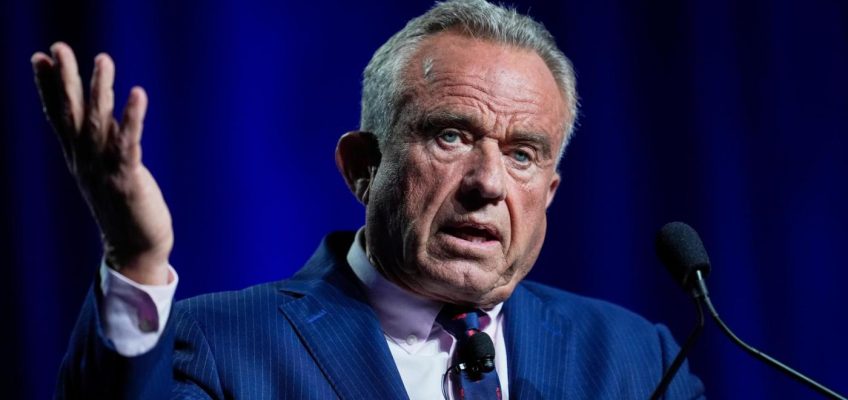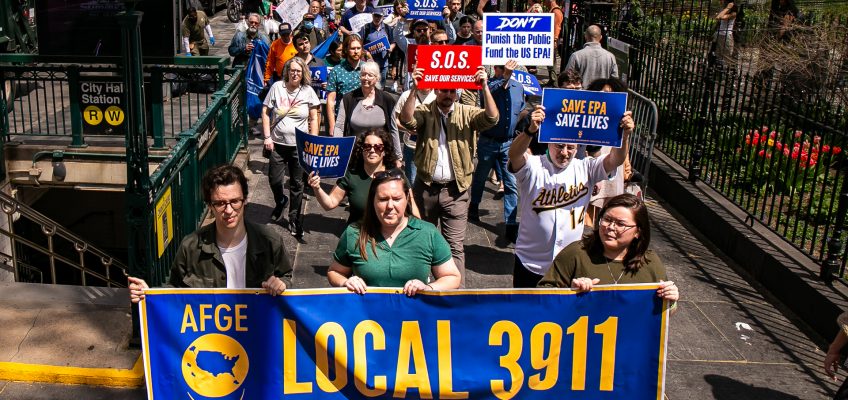“We need to reverse the tide now—not in some imagined future—by building new affordable homes, reclaiming neglected properties, and defending our public assets from federal threats.”
Mayoral candidate and former city comptroller Scott Stringer, rolling out his housing plan on April 23. (Courtesy Stringer’s campaign)
Editor’s Note: City Limits will offer similar op-ed space to the other candidates running for NYC mayor this year to share their housing plans. If you’re a candidate interested in submitting a piece, email editor@citylimits.org.
New York City is at a crossroads. Families—the lifeblood of our neighborhoods, the foundation of our economy, the future of our city—are being pushed out every day. Our housing market is plagued by sky-high rents, tiny apartments, and too few affordable and family-friendly options. If we don’t act now, New York will become a city that only works for the wealthy few, not the families who make this city great.
As a lifelong New Yorker raising two boys with my wife in a two-bedroom apartment, I know exactly what’s at stake. I know firsthand the financial stress that families experience—and the hard decisions they make, while still recognizing that, if we make the right choices, the five boroughs can be a place where middle-class families can thrive.
That’s why I believe we need to chart a different course. We can rebuild a city where working families can not only survive, but thrive. The challenges we face require more than pie-in-the-sky promises that do very little to address the housing crisis in the near or even medium term. We need to reverse the tide now—not in some imagined future—by building new affordable homes, reclaiming neglected properties, and defending our public assets from federal threats. My housing plan offers exactly that: practical solutions backed by the effective, experienced leadership necessary to turn good ideas into reality.
The foundation of my housing agenda is Mitchell-Lama 2.0, a proposal to create a new generation of permanently affordable, family-sized housing by unlocking our city-owned vacant land. Right now, New York owns more than 1,100 vacant lots—lots that have sat empty, sometimes for decades, while the housing crisis gets worse and worse. Under Mitchell-Lama 2.0, we would use these lots to build new affordable homes where families can live in the long term, not just survive.
We would be more targeted to our city’s needs than just building any kind of housing; we would establish a New York City Land Bank to develop affordable housing on vacant, city-owned sites and give these tax-delinquent properties back to New Yorkers and those who wish to live here. We would prioritize long-term land leases over sales, keeping the land public and ensuring that affordability lasts for generations. And with Robin Hood Housing, we will, when necessary, use eminent domain to take back distressed properties from absentee landlords who leave buildings to rot—reclaiming run-down housing and turning it into opportunity.
To build on that foundation of Mitchell-Lama, 2.0, last week I released ROOF, which stands for Residential Options for our Families. ROOF prioritizes families and larger households in how we build and preserve affordable housing, committing the city to developing and preserving 42,000 family-sized homes. ROOF requires that at least half of all new affordable housing units built on city-owned land have two or more bedrooms, with a minimum of 15 percent being three-bedrooms—spacious apartments that can be real homes for families and larger households.
Under my mayoralty, ROOF will also work hand-in-hand with the Robin Hood Housing Plan, seizing mismanaged and tax-delinquent properties and converting them into affordable, family-sized apartments. The priority for placement in the apartments would be given to families with children attending nearby public schools, helping to strengthen neighborhoods and schools alike. ROOF would also ensure that when new housing developments are located on city-owned, vacant lots near transit, parks, and childcare centers, families get first priority for the apartments and the buildings are designed with the day-to-day needs of families in mind.
Building and preserving affordable homes is only part of the solution, especially as we face threats from the White House. Now more than ever, we also must protect the public spaces and services that service New Yorkers. That’s why my housing and zoning agenda also includes SHIELD: Safeguarding Historic Infrastructure through Effective Land-use Defenses.
When President Donald Trump floated a dangerous plan to sell off federal buildings in cities like ours, it became clear we needed more than righteous outrage; we needed real weapons to defend ourselves. SHIELD would create a new zoning classification, locking in public use for these critical facilities and requiring full public review before any attempt to privatize or convert them. If Trump or anyone else tries to auction off the buildings that working New Yorkers rely on, SHIELD will give us the power to stop them.
Mitchell-Lama 2.0, ROOF, and SHIELD aren’t just standalone ideas. They are part of a comprehensive strategy—one that meets the multiple crises we face as it relates to housing and land use by building new affordable, family-sized homes, reclaiming neglected properties, and defending our public assets.
Other candidates have offered housing plans. But here’s the difference: I don’t just talk a big game. I know how to use every tool in the city’s toolbox to deliver results. As city comptroller, I protected billions of taxpayer dollars and rooted out waste and corruption. As Manhattan borough president, I reformed broken land use processes and gave neighborhoods a real say in their future.
To get there, New York doesn’t need another politician pursuing an agenda that inflates his ego rather than meets the city’s needs or others offering empty, unrealistic promises. Instead, we need practical plans, effective tools to fix what’s broken, and true leadership. The crises are severe. The solutions are ready. What’s missing is effective, experienced, and ethical leadership—and that’s what I offer.
Scott Stringer is a lifelong New Yorker and father of two children who attend New York City public schools and live in a two-bedroom apartment. He has served as city comptroller, Manhattan borough president, and state assemblymember, and is currently running in the Democratic primary for mayor of New York City.
The post Opinion: The Housing & Zoning Tools NYC Needs to Fix What’s Broken appeared first on City Limits.




